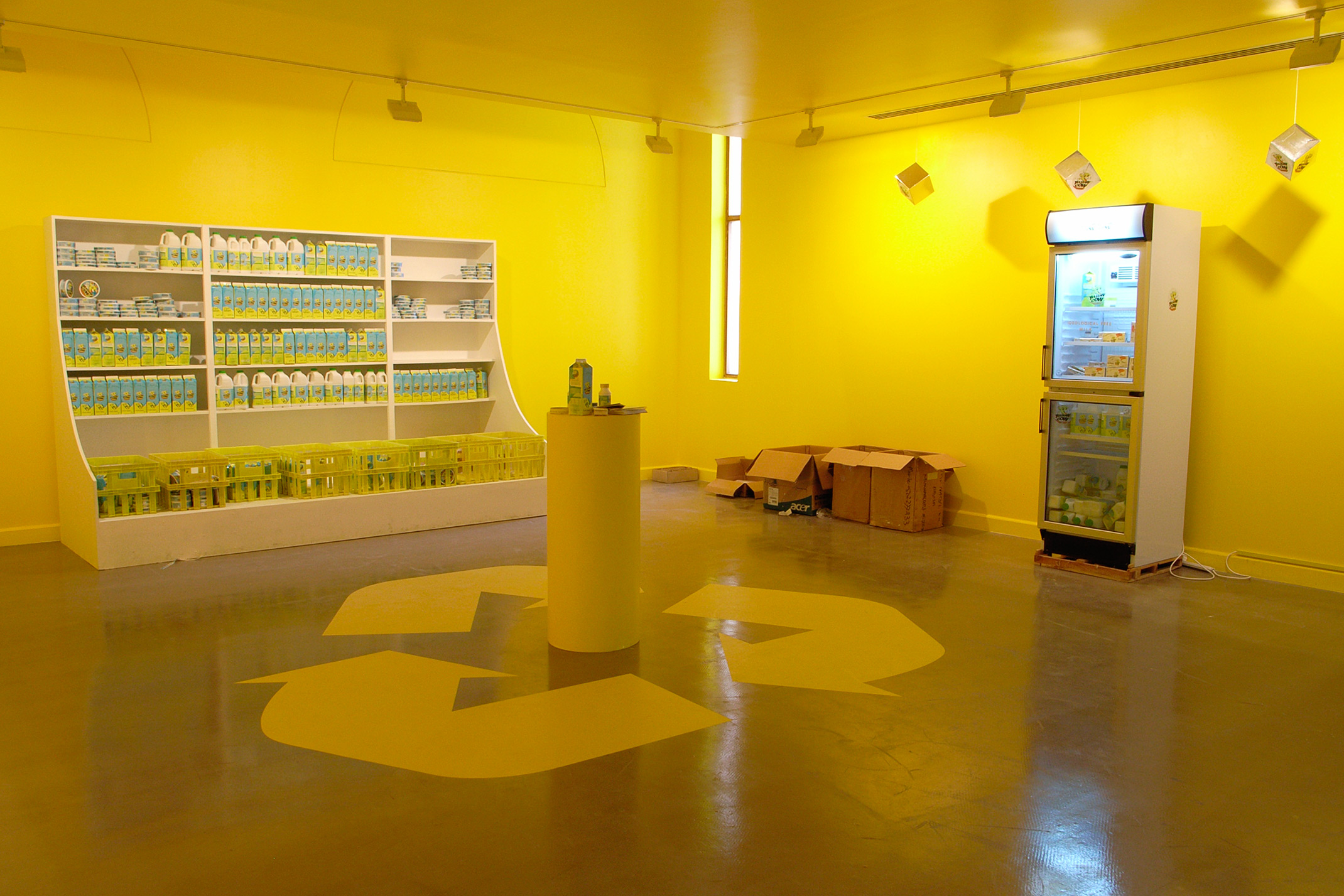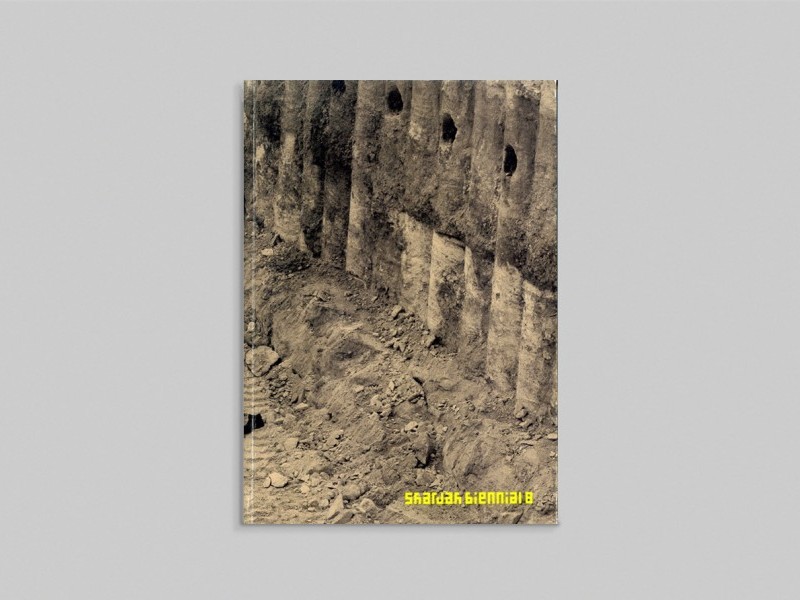
The Yellow cow products, 2006
Ahmed Mater
The Yellow cow products, 2006
Variable
Installation view
search


Ahmed Mater
The Yellow cow products, 2006
Variable
Installation view
It is a savage world, Ahmed is aware of this. In his artistic works he cherishes the primitive structure of the human being, its primitive composition, morula, and a heap of bones. The beautiful proud face is nothing but a ridiculous skeleton under the X-ray. Nonetheless, Man thinks that he is something quite dangerous. That he is an absolute power just because he possesses the ability to display objects, carrying them, placing them, or pulling them out, just because he possesses the ability to inflict wounds on the body and similar wounds with his words on the soul, and just because of his ability to smash tiny things crawling beneath him, without realising that the real absolute power is the ability to be a flower.
Ahmed appears to be obsessed with the mercy that doesn’t exist and the brutality that enwraps the world, and the arrogance of humans that smashes the green, the ripe and the fresh for the sake of everything that can be displayed on the shelves of commercial shops, or on the shoulders of military costumes, or around legendary thrones; taking advantage of everything, even the sacred (the yellow cow), simply to serve the logic of the market and the logic of politics and religion and whatever else one might think of. In this context the world is but a supermarket that makes you into a commodity. And how naive is the human being when he thinks that he is more valuable, when he drifts away from the mud out of which he was created.
While contemplating the commercials of the yellow cow’s products, I tend to remember how much I hate markets, because there everything is for sale, nothing is just given away for the sake of God, out of compassion. A tradesman would laugh at this idea because markets know no God. And mercy is an attribute of God. Marketing everything means materialising everything. And when everything is
materialised, everything becomes stony, even one’s heart.
Mariam Alsaedi
This project was part of Sharjah Biennial 8.

This catalogue accompanied Sharjah Biennial 8, which attempted to renegotiate the relationship between art and ecology into a system of cohabitation.

The second book in the Still Life: Art, Ecology and the Politics of Change series, documents Sharjah Biennial 8 as it was on view.